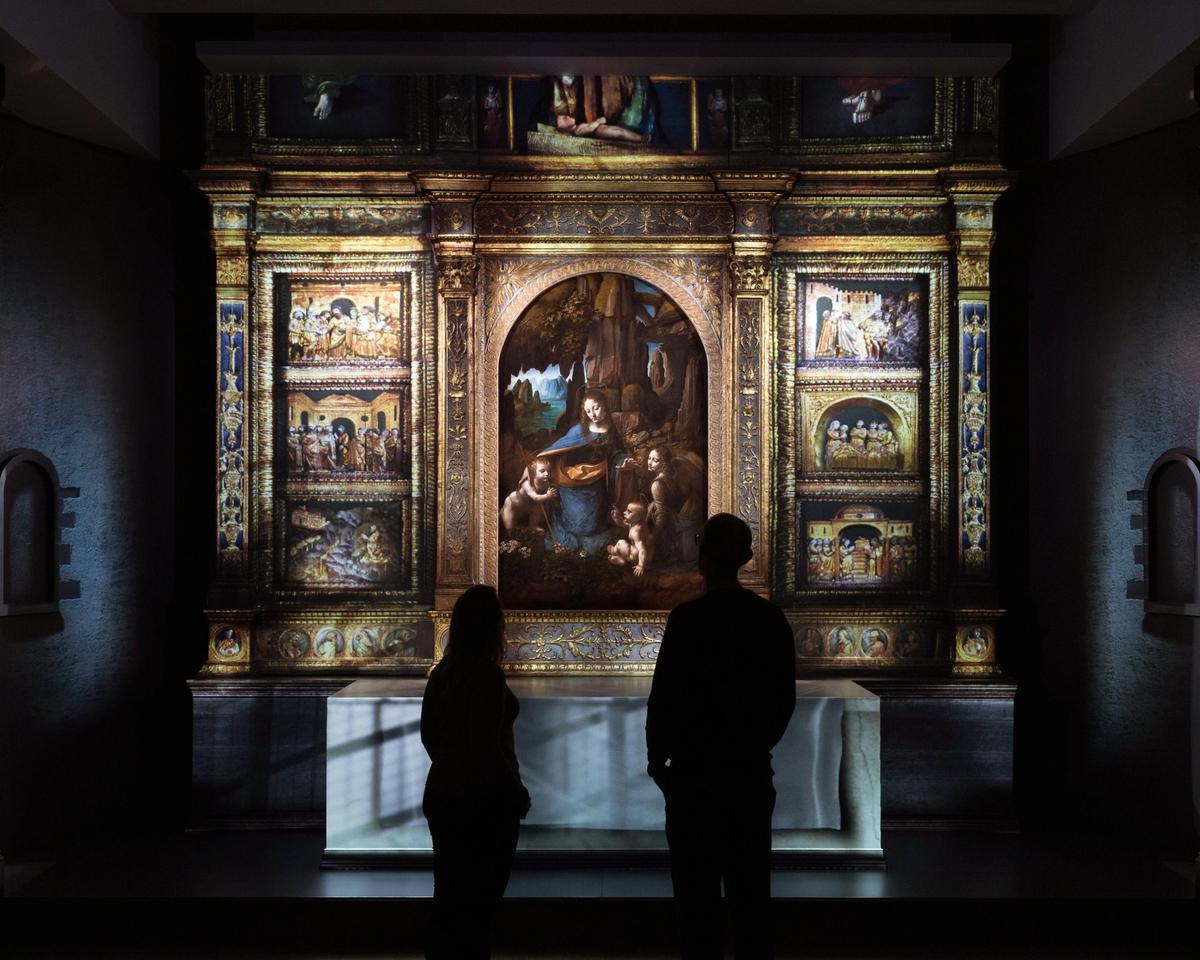The general election has been more than usually unedifying, but at least the Old Master sales in London in December provided a moment of cultural calm. Ambling up and down Bond Street between Bonhams, Sotheby’s and Christie’s, seeing pictures and bumping into friends, makes for an enjoyable day out.
For me, the most revealing painting of the sales was a large hunting scene attributed by Sotheby’s to the “Studio of Sir Peter Paul Rubens”. Some wondered if it was by the man himself. Formerly in the Spanish Royal Collection, it was part of a series commissioned from Rubens by Philip IV in 1636 for his hunting lodge, Torre de la Parada. The painting was regularly listed in Spanish royal inventories as by Rubens, and was looted by Napoleon’s brother, Joseph Bonaparte. It was even exhibited as recently as 2013 as a Rubens, in the Louvre Lens. Yet standing in front of the painting, it was clear to me that Sotheby’s had catalogued it correctly; the execution lacked his unmistakable vigour, and most of it betrayed the flatness of a work by assistants. What an old rogue Rubens was, billing Philip IV for “a Rubens”, but not doing the work himself. Of course, were we judging the painting by contemporary art market standards, we would still catalogue it as “a Rubens”, for the composition is certainly by him; his sketch survives in the Prado. But in the Old Master market, who actually made an object still counts. The picture made £1.69m.
Prices were generally strong. A Joseph Wright of Derby painting deaccessioned by London’s Leighton House Museum made £300,000 against an estimate of £100,000-£150,000. An Italian river landscape with a bridge and tower at sunset, with figures in the foreground (1785) had been bequeathed to the London borough of Kensington in 1925, and later transferred to the museum. But it was rarely displayed, and the money raised will go towards acquiring works that fit the museum’s strong collection of late Victorian art. The sale was a shame, but understandable.
Missed bargain
However, it did reveal a flaw in the system. Leighton House was scrupulous in following the Museums Association’s guidelines on deaccessioning, including giving other museums the chance to acquire the painting before the sale. I’ve learned that the painting was offered to other UK museums at the bargain price of £70,000. Such is the stigma around deaccessioning, however, that potential buyers (and their funders) didn’t want to be seen to have encouraged another museum’s disposal. And thus a work that could have remained in the wider public collection has now been sold on the open market. The government encourages museums to take works from private owners into public ownership—through schemes such as Acceptance in Lieu—but does nothing to stop publicly owned works falling into private hands. Presumably, if the Wright was bought by an overseas buyer, there will be an attempt to “save” it for the nation—but with a £230,000 mark-up.
Disneyland at the National Gallery
I visited the National Gallery’s Leonardo: Experience a Masterpiece show (until 26 January). What a strange, ill-thought-out, overpriced embarrassment of an exhibition. You pay £18 to not experience a painting (because it’s hung behind a pretend altar, surrounded by a projected animation) that you can normally see in relative peace for free. To learn anything meaningful you need to spend another £10 on the catalogue. Truly, it is the Disneyfication of the National Gallery, a show aimed squarely at tourists.
Might it be a sign of things to come? The Department for Digital, Culture, Media and Sport (DCMS) attendance figures reveal that more than 65% of National Gallery visitors are now classed as “overseas visitors”. DCMS doesn’t explicitly report domestic visitor numbers, but the figure is easily worked out. For the National Gallery, it’s a steady downward trend, falling by 35% over the past ten years. Over the same period, overseas visitors have risen by almost 150%. I’m glad so many tourists enjoy visiting the National Gallery. But does there come a point where we wonder which audience the gallery is aiming to please?



